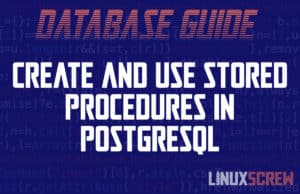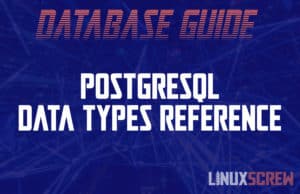Home » Search results for 'postgresql'
How to Drop/Delete/Destroy a Table in PostgreSQL
This short tutorial will show you how to completely delete/destroy/drop a table in PostgreSQL using the DROP TABLE statement, and provide examples. Before you Delete a Table… There are a few things you should check before you try and destroy a table in PostgreSQL, especially if you’re working on a production database that is serving users. First and most important, take a backup of your PostgreSQL server – just in case you delete the wrong table, or change your mind later. Next, make sure you’re logged in as the default … Read more

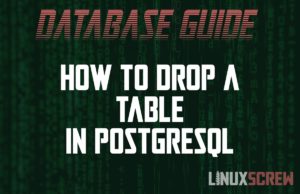



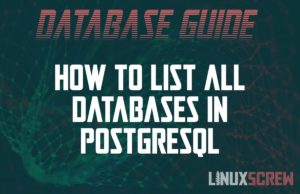
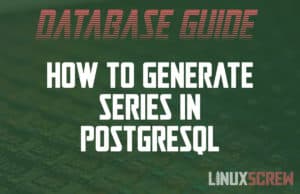
![How to use the PostgreSQL CREATE SEQUENCE Statement [Examples] 7 How to Create Sequences in PosgreSQL using the CREATE SEQUENCE Statement, With Examples](https://www.linuxscrew.com/wp-content/uploads/2023/04/postgresql-create-sequence-300x194.jpg)
